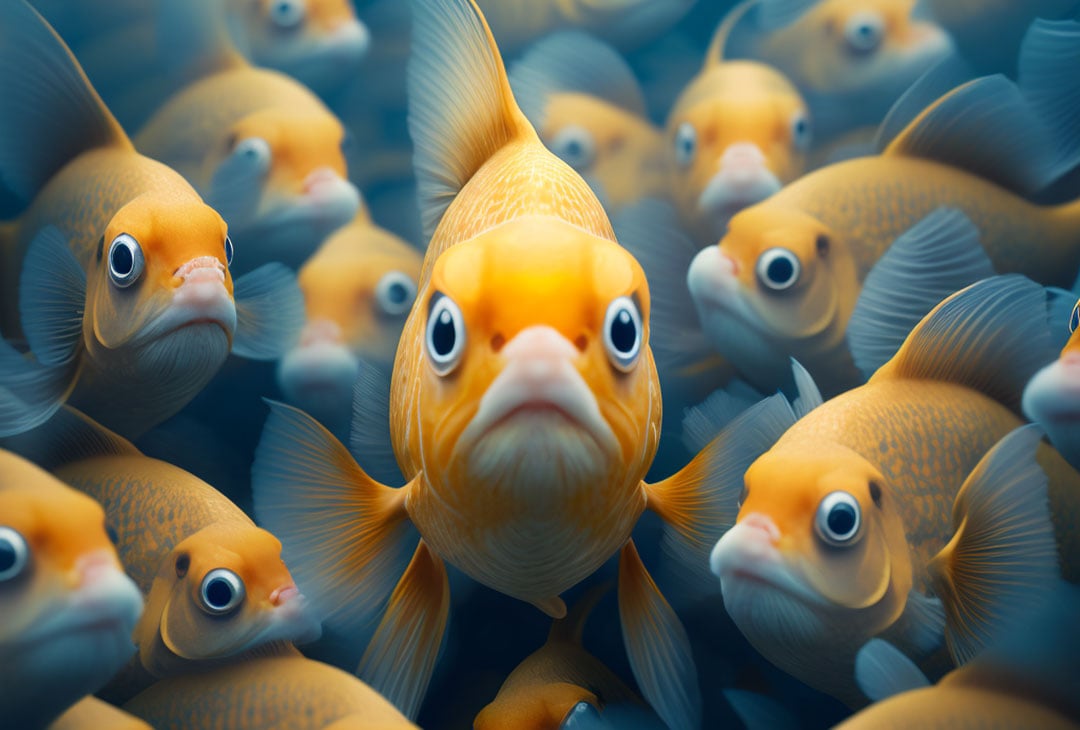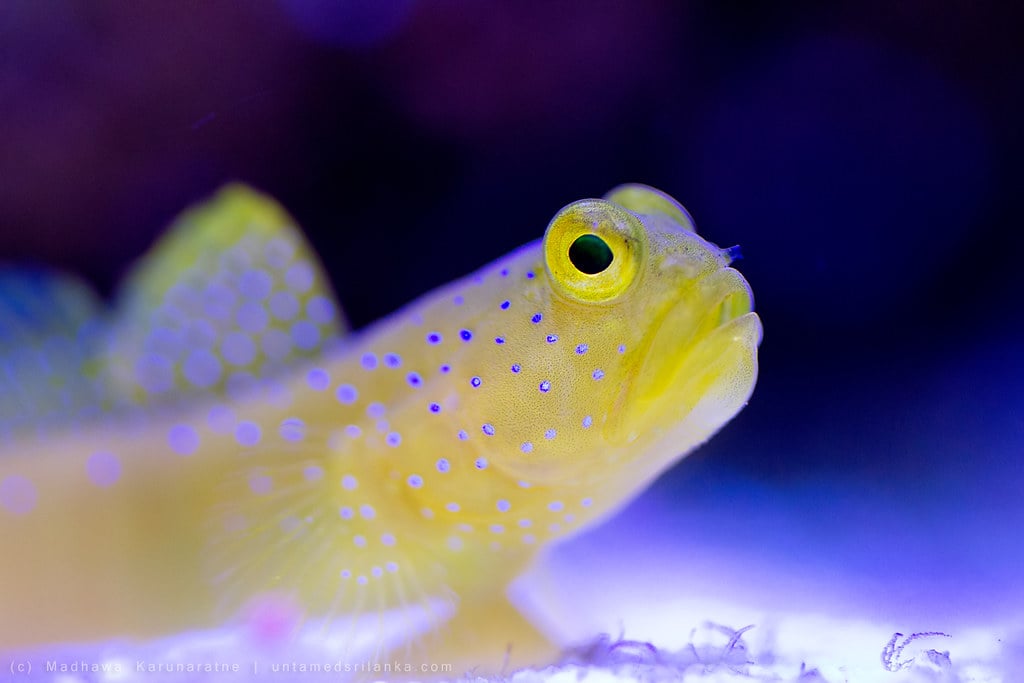How does the nitrogen cycle “survive” large or even 100% water changes? I don’t want to stir up a discussion about what is best, and I understand that we all live in different places were conditions and water quality is different and also that we all choose to keep our fish differently because we thinks its the best for them. Therefore I am simply looking for an explanation on how the idea of regular huge water changes works in practice.
I see recommendations of very large water changes in goldfishkeeping, especially in bare button setups and grooming setups. This is very practical, for systems that are heavily stocked. I also see them have filters in them, and this I can’t really understand, unless they are there only for mechanical filtration.
What stirred up this thought, came from a recent experience where I lost some fish. I had a tub with 10 fry in a tub (90 lit – 20 gal) with fresh tap water (no chlorine or chloramine in our systems here). I added a cycled filter from my main tank. I then added the fry (after acclimatizing them slowly) and I expected this to work well. The fish got a very serious fungal infection within 3-4 days, and I lost most of them.
My theory of what went wrong is, that the cycled filter did not have access to ammonia and nitrite to maintain the bacteria balance, and therefore crashed. The breeder that I got them from, told me that he changes the water daily, but he had approximately 100 fry in a tub that was the same size, so I assumed that a cycled filter would have not issue with keeping up. I fed them 3-4 times a day but very moderate quantities so I did not expect the system to crash like this
So my question is, do very large water changes work, if they are not made often? Don’t larger water changes crash or almost crash the filter in systems that reliant on biological filters? In systems that are reliant on biological filtration, is partial water change not better, to maintain a more balanced filtration performance?


Let me help you out here: https://seachem.com/stability.php
After you complete a waterchange, add Stability to replenish/stabilize the bio-filter by intoroducing a blend of aerobi/anaerobi/factultative bacteria to help bridge the gap after a big WC.
The bacteria will not starve that quickly, but lets pretend it does: Even if you had no fish at all, it is very simple to introduce things that could provide the bacteria with ammonia to continue their feeding cycle, anywhere from ammonia-in-a-bottle to simply dropping in food.